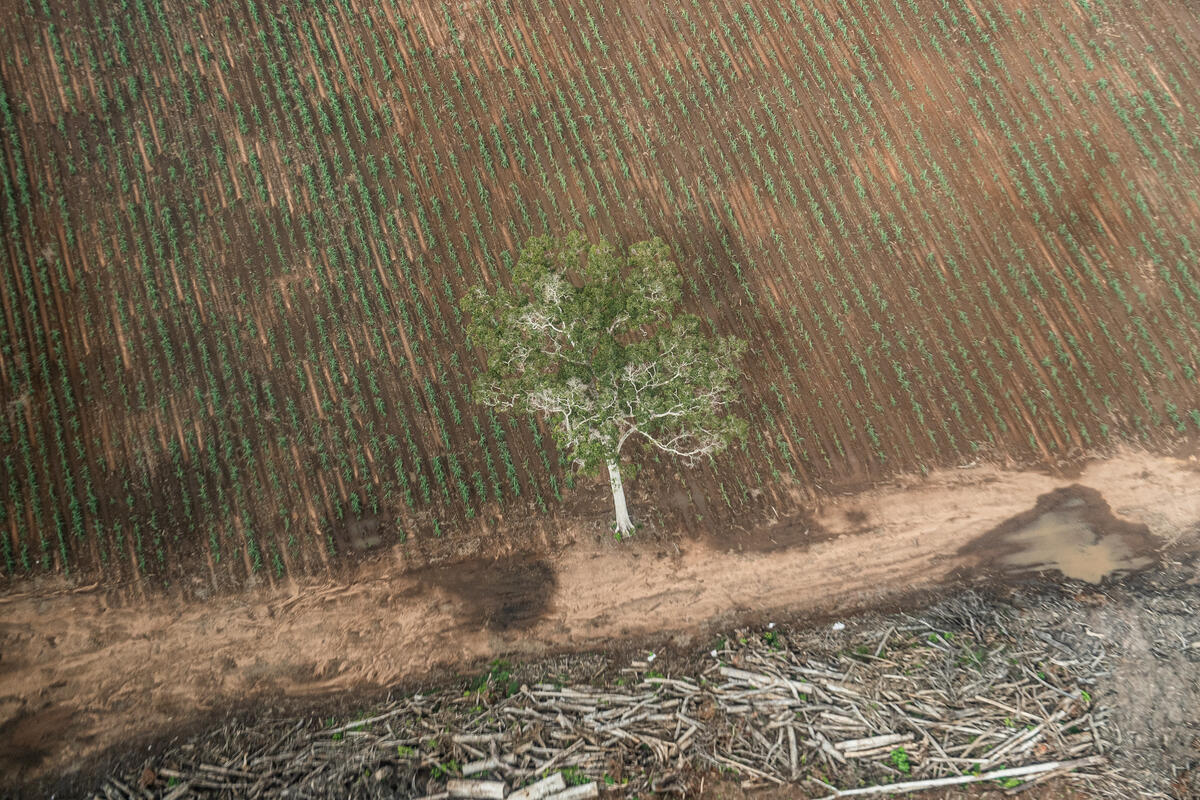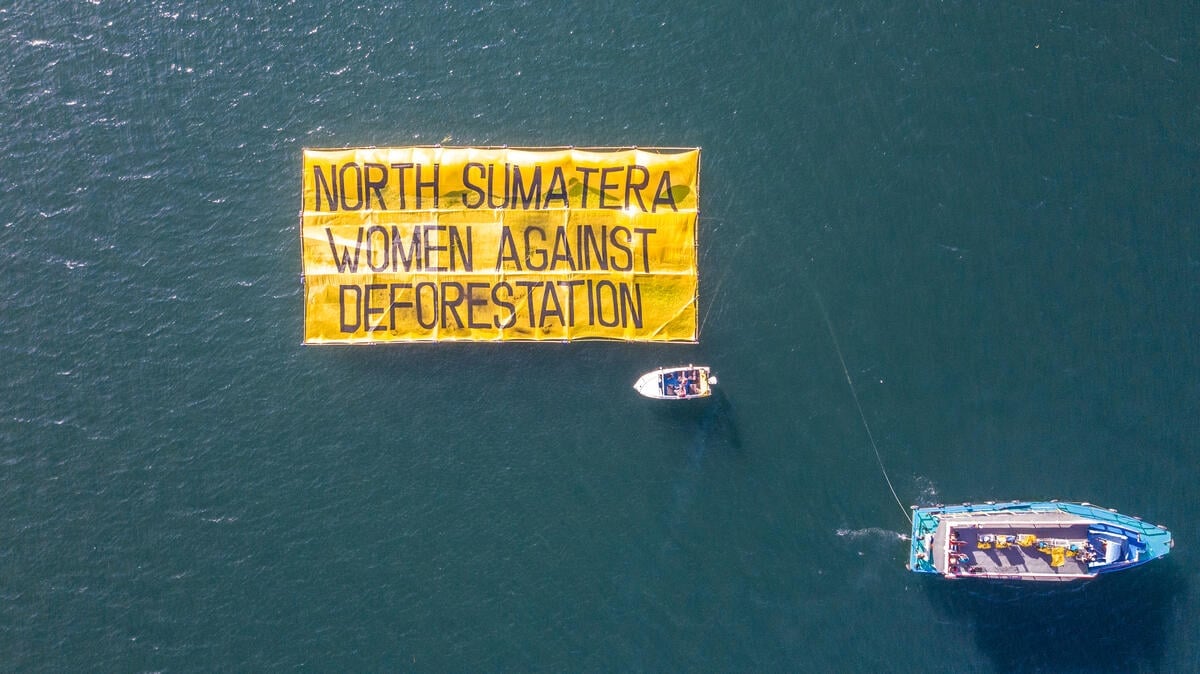Jakarta – A groundbreaking Harvard and Columbia university study estimates that 100,300 premature deaths resulted across three countries from last year’s devastating Indonesian forest fire crisis.
The peer-reviewed study published today used air pollution readings and satellite data to calculate forest fire smoke exposure, estimating that 2,200 premature deaths occurred in Singapore, 6,500 in Malaysia and 91,600 in Indonesia. [1]
In addition to the 2015 fires, the independent team of twelve public health and atmospheric modelling scientists also examined 2006, another bad haze year. For the July-October 2006 fire season they found an estimated 37,600 premature deaths: 34,600 in Indonesia, 2,300 in Malaysia and 700 in Singapore. The researchers note that during the 2006 fires crisis, burning in industrial oil palm and pulpwood plantations accounted for around 40% of total fire emissions in Sumatra and around 25% in Kalimantan.
Greenpeace Southeast Asia Forest Campaigner, Yuyun Indradi said:
“More than a hundred thousand are estimated to have died prematurely last year. Now fires are back again. If nothing changes, this haze will carry on taking a terrible toll, year after year. Industry and government must take real action to stop forest clearing and peatland drainage for plantations.
Fires in peatlands drained for plantations are a major contributor to the deadly haze that afflicts the region, smouldering for days or weeks underground in conditions which release three to six times more smoke particulates than fires elsewhere. [2] The new report found that fires in peat accounted for 72% of the energy released by fires in Sumatra and 43% of that in Kalimantan, as recorded by satellite in 2015. Greenpeace and other NGOs have been pushing for full forest and peatland protection to prevent fires.
The cost to human health calculated in the new report is a conservative estimate, because the study did not include the impacts of the cocktail of other toxins which formed part of the haze, such as carbon monoxide, formaldehyde, hydrogen cyanide, arsenic and a host of others. [3] It considered only premature adult deaths brought on by breathing high levels of smoke particles known as PM2.5. Measuring 2.5 micrometres or less, they are small enough to be inhaled and some are small enough to be absorbed into the bloodstream. They are known to cause deaths due to lung, heart and circulatory diseases including asthma, heart attack and stroke.[4] Harm to children and pregnancies was not included, although the report notes that “impacts on children are likely significant.”
Notes to editors:
[1] Please note that Greenpeace was not involved and is not associated in any way with the research. The report was published in the Environmental Research Letters (ERL) journal under the title “Public health impacts of the severe haze in Equatorial Asia in September–October 2015: demonstration of a new framework for informing fire management strategies to reduce downwind smoke exposure.” The citation is as follows: Koplitz et al 2016 Environ. Res. Lett. 11 094023 Doi: 10.1088/1748-9326/11/9/094023 and published online here: http://iopscience.iop.org/article/10.1088/1748-9326/11/9/094023
[2] http://www.worldbank.org/en/news/feature/2015/12/01/indonesias-fire-and-haze-crisis
[3] When the Center for International Forestry Research measured carbon monoxide levels in Central Kalimantan in mid-October 2015, the levels were 30 times higher than normal, even indoors and over 30 kilometers from the nearest fire. And Rajasekhar Balasubramanian and colleagues at the National University of Singapore found in a 2013 study that the air in Singapore during a forest fire haze episode contained arsenic, chromium, cadmium and other carcinogenic elements. They estimated that if haze were to occur in Singapore for 10 days per year over 70 straight years, the number of likely cancer cases would increase by nearly half.
[4] University of Edinburgh researchers have shown that even short-term exposure to air pollutants increased the risk of hospitalisation or death from stroke in the following seven days, and that the strongest adverse effects were seen on the same day of exposure to PM2.5 particles: http://www.ed.ac.uk/news/2015/pollutionstroke-260315.
Media contacts:
Sol Gosetti, International Media, Greenpeace Southeast Asia
E: [email protected], M:+447380845754



